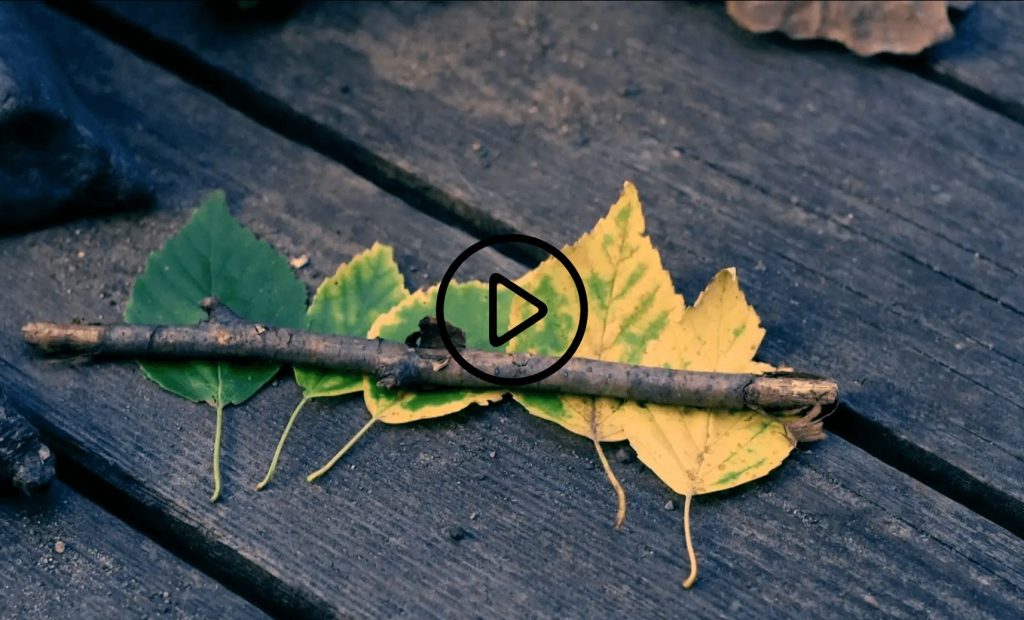Nature and outdoor spaces offer many opportunities for teachers, parents, and caregivers to engage young children in high-quality math learning. When exploring the outdoors, children naturally play with math in a joyful way that is meaningful to them. Early math experiences that occur through play can help develop children’s math skills and positive math attitudes.
Caregivers can build on children’s interests and ideas to promote math learning without taking over their outside playtime. Some ways to do this are to support children’s problem-solving, prompt children to reflect on problems, introduce new and relevant words and concepts, and create an environment where children are likely to discover a problem that needs solving in the first place!
See Outdoor Math Learning in Action
Children often initiate outdoor play themselves, but teachers and caregivers play an important role in guiding children’s learning through their intentional support. In this video, Sheila Williams Ridge, director of the Shirley G. Moore Lab School at the Institute of Child Development at the University of Minnesota, offers guidance for teaching math and problem-solving in playful outdoor settings.
Supporting Nature-Based Math Education
Below, we highlight some ways that caregivers can support children’s mathematical thinking during outdoor play. The goal is for caregivers to recognize math opportunities in nature and to support and plan for learning around them.
For children who enjoy collecting things: Suggest that children pay attention to a certain feature, such as weight, length, or color. “Wow, notice how those leaves are all different sizes?” Then see how children’s thinking inspires them to generate ideas or more questions, such as how they can line up, build, or compare the leaves.
For children who enjoy exploring: Offer a question a child can test. “I wonder why that stick rolls down the hill but the other one does not?” or “I wonder how you can make sure your twig house is big enough for your toy truck to fit inside it.” These suggestions prompt children to consider concepts that support early math development, such as the shape, speed, and density of the rolling stick, or the length and width of the twig house.
For children with high energy: Find ways for children to engage in active learning outdoors. “How far you can throw that ball? How fast can we run from this side to that side? Which tree is the farthest from here? Count your steps to find out!”
Benefits of Outdoor Math Play
Lots of space for fun, energetic play. Early math is playful, in part because it involves creative problem solving that children naturally engage in during free play—especially if their environment is set up for it! Whether your outdoor environment is a natural outdoor space, a constructed playground, or a combination of both, outdoor spaces offer more room to move around compared to typical indoor spaces for preschoolers. Outdoor settings also provide a variety of real life, hands-on materials like leaves, plants, twigs, rocks, holes, hills, puddles, swings, sidewalks, or slides. Caregivers can encourage children to count, examine, and manipulate objects as part of early math discussions on topics like measurement and data collection.
Opportunities for children to develop their own goals and questions. Children naturally gravitate toward outdoor activities that interest them. They are also more motivated to learn and problem-solve when engaged in activities that are interesting to them. For example, one child may enjoy collecting objects in nature, and another child may use the objects to achieve a goal they have in mind, such as using twigs to build a house in the sand box or arranging larger sticks to create a fort.
Teachers and caregivers can help spark children’s ideas by making available tools that invite exploration, such as:
- Shovels left by the dirt so that children can dig holes of different depths and for different purposes.
- Weigh scales left near collections of pinecones and acorns so children can compare weight, size, and surface characteristics between them.
- Collections of items left out so children can sort, toss, roll, or count their newfound treasures.
Recognition that math is meaningful and everywhere. Incorporating natural objects (e.g., leaves, twigs, stones) and naturally occurring landforms (e.g., hills, trees) into children’s learning demonstrates that math is embedded in nature. Further, answering questions that children think of while playing outdoors helps them see math as a tool to solve real-world problems. By using math to solve problems that arise through play, children begin to understand the importance of math in everyday life.
Supports children’s overall development. Children who regularly play outside have opportunities to engage in physical activity, and outdoor play can improve attention skills and elevate mood. Research suggests that physical benefits are especially prominent when playing in natural outdoor environments, such as a forest, compared to surface playgrounds.